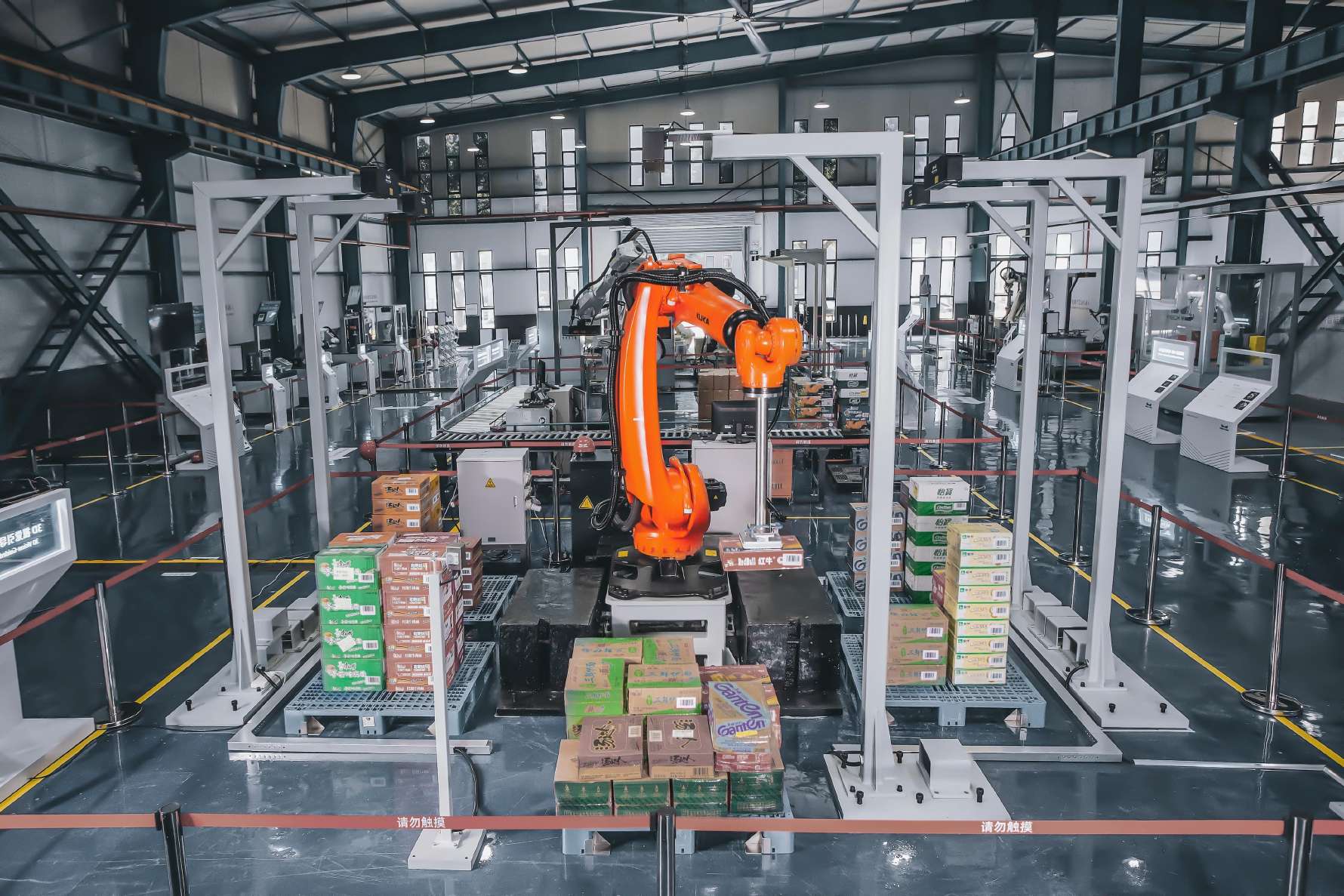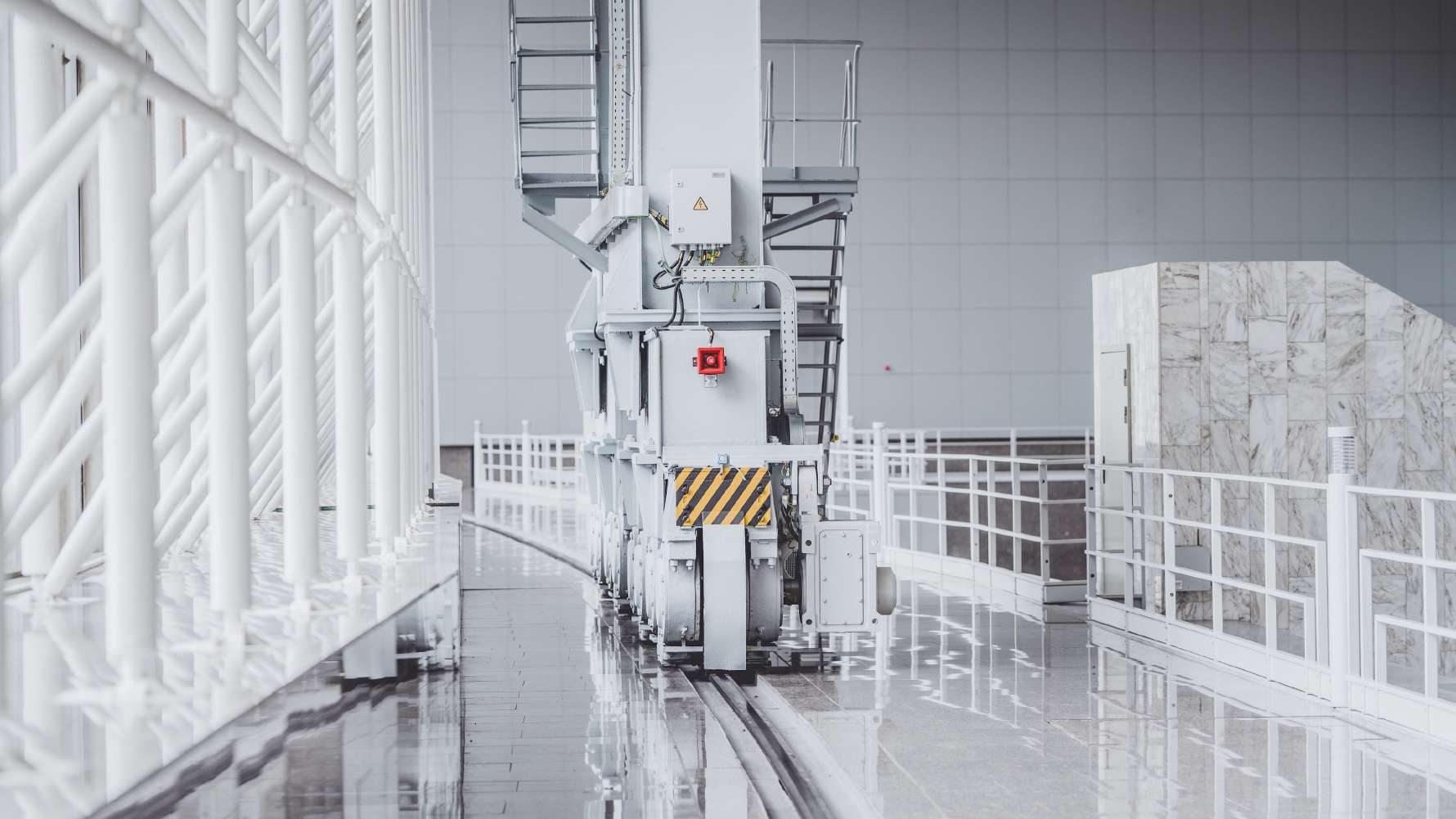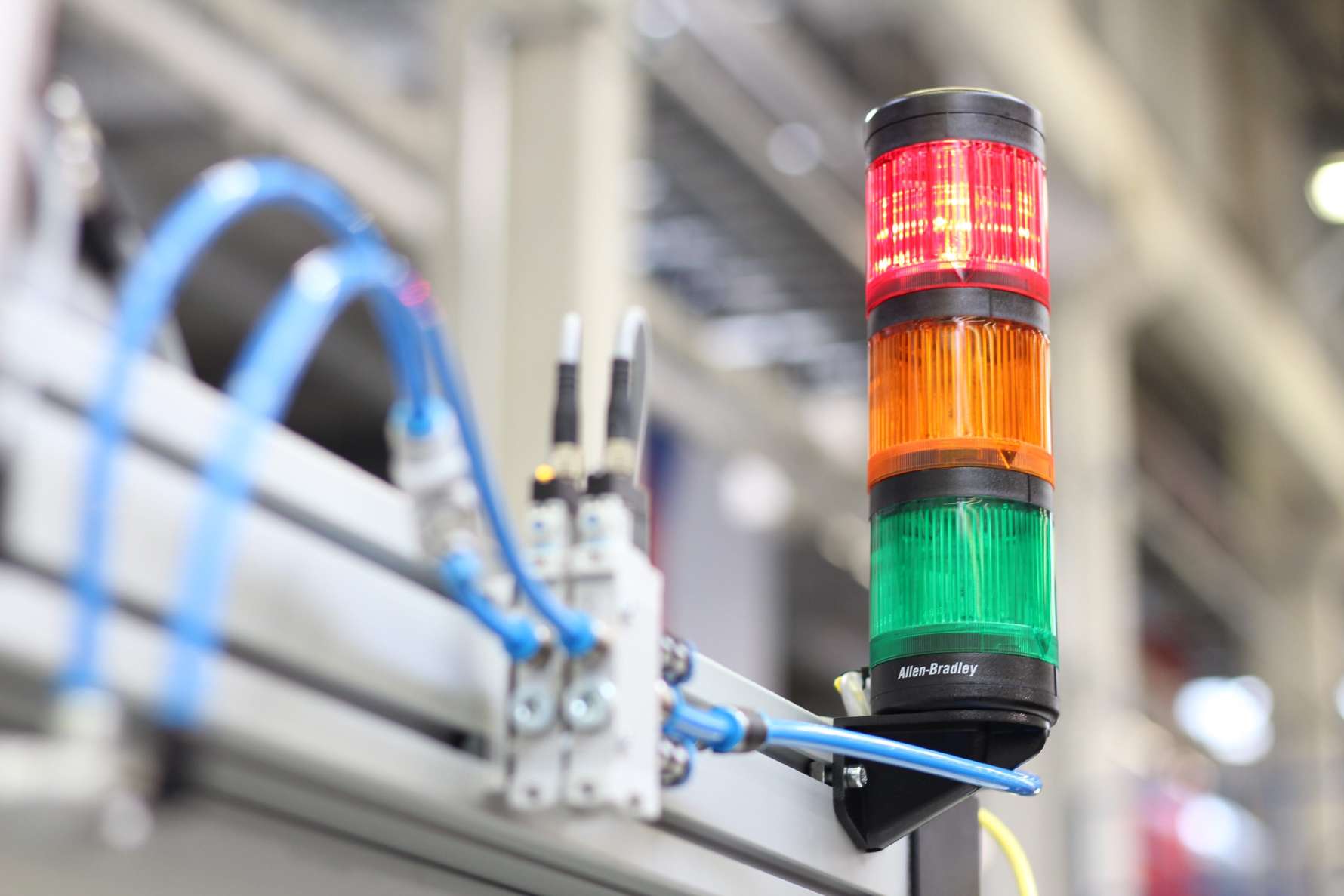How data historians and MES synergise to optimise operations
How can an open data historian and an MES reinforce each other? Three examples of the synergy between Factry Historian and FactryOS, including a real-life use case.
Yves Bourgeois on , updated

In today’s fast-paced industry 4.0 landscape, maximising productivity and efficiency is crucial to stay ahead of the competition. That’s where lean manufacturing comes into play. Here’s some practical tips and advice on how to start your agile manufacturing journey, implement an MES platform and calculate its ROI, and avoid the pitfalls that hinder success.
Blogpost summary:
In today’s cutthroat landscape, lean manufacturing is the most powerful weapon to transform your businesses into an agile and competitive force.
At its essence, lean manufacturing is the art of maximising value while minimising waste through streamlined processes and continuous improvement, paving the way for enhanced productivity, and ultimately, higher client satisfaction.
However, embracing lean manufacturing is not without its challenges.
Radical change can be daunting, and transitioning to lean practices requires buy-in from all stakeholders, careful planning, employee engagement, a shift in organisational mindset, and overcoming resistance to change.
In this blog article, we delve into the opportunities presented by lean manufacturing, as well as the challenges that may arise along the way.
With practical tips and suggestions, we hope to help you successfully navigate the implementation of agile production principles in your business, and achieve the full potential of lean manufacturing.
Let’s get to work.

Let’s first take a quick look at the opportunities of agile production.
By implementing lean manufacturing processes, your company can unlock a multitude of benefits to propel it towards operational excellence:
✔ Increased production efficiency
By identifying and eliminating waste, excess energy usage, or downtime, you can improve production operations, reduce cycle times, and optimise resource utilisation. This leads to increased productivity, lower costs, and higher output.
✔ Enhanced quality control
By implementing quality control measures, including in-process verifications, and digital checklists, issues can be identified early-on the process and prevented from happening again, minimising reworks, scrap, and complaints.
✔ Optimal resource utilisation
By adopting practices such real-time monitoring and analysis, you can eliminate waste and achieve optimal resource utilisation. This results in cost savings, reduced inventory costs, and improved overall resource efficiency.
✔ Reduced lead times
Unplanned downtime, changeover time, and bottlenecks are killing your lead times. Agile processes enables faster response to customer demands, and shorter production cycles, ultimately enhancing market competitiveness.
✔ Continuous improvement
By empowering employees to identify and address problems, suggest process enhancements, and implement changes, your business is able to cultivate a culture of innovation and continuous learning, driving ongoing improvements.

Before diving into the world of lean manufacturing, laying a strong foundation is quintessential for success in the long run. Let’s explore some of the critical steps you need to take before embarking on your agile manufacturing journey.
✔ Clearly define your goals and objectives
Outline your goals and objectives for implementing lean manufacturing. Identify the challenges you aim to address, such as improving production efficiency, reducing downtime, enhancing quality control, or gaining real-time visibility into operations. Defining your goals will help guide the implementation process and ensure alignment with your overall business strategy.
✔ Assess your current production operations
Perform a thorough needs assessment to evaluate your current production processes, technology infrastructure, and organisational requirements. Identify the pain points, bottlenecks, and gaps in your existing operations. This assessment will provide valuable insights into the functionalities and features you need from an MES platform, helping you select the most suitable solution.
✔ Get buy-in from stakeholders and management
Engage key stakeholders across different departments, including production, IT, quality control, and management. Obtaining buy-in from stakeholders early on will foster support and cooperation throughout the implementation journey. Make sure everyone’s involved in the decision-making process, and seek their input to understand their unique requirements, frustrations and concerns.
✔ Put together a cross-functional project team
Form a cross-functional project team comprising individuals with expertise in production, IT, operations, and other areas. This team will be responsible for driving the implementation, coordinating activities, and ensuring that the MES aligns with business requirements. Assign a project manager to oversee the implementation, and facilitate communication among team members.
By taking these initial steps before implementing an MES, you can set a solid foundation for a successful implementation and ensure that the system aligns with your organisation’s specific needs and goals.

It is not always easy to calculate the ROI of an MES, as it requires a thorough understanding of your organisation’s processes, data accuracy, and the ability to accurately quantify the benefits and costs of the MES.
Here are a few tips for making a comprehensive ROI calculation:
1. Define clear Key Performance Indicators (KPIs)
Start off by clearly defining the KPIs that will be affected by the MES implementation. By establishing specific, measurable targets, you can more accurately assess the impact of the MES on these KPIs. These could include metrics such as OEE, labour cost reduction, production cycle time improvement, inventory accuracy, quality metrics, and equipment utilisation.
2. Consider both quantitative and qualitative factors
Don’t overlook the qualitative factors that can contribute to the ROI calculation for your MES. Qualitative benefits may include improved visibility, streamlined communication, increased collaboration and employee engagement, and enhanced decision-making.
These factors may be harder to quantify but can have a significant impact on operational efficiency and overall business performance. Capture and evaluate these qualitative benefits alongside the quantitative metrics to provide a comprehensive view of the MES project’s ROI.
3. Conduct a thorough cost-benefit analysis
Perform a cost-benefit analysis to determine the financial impact of the project. Identify and estimate all the costs associated with implementing the MES, including hardware and software, implementation and integration costs, training, and ongoing support and maintenance expenses.
On the benefits side, quantify the potential cost savings and revenue enhancements achieved through improved OEE, productivity, reduced waste, increased throughput, and other identified factors. Ensure that you consider both the one-time and recurring costs and benefits over a defined time period.
An MES can have many vital functions, going from data collection to production scheduling, resource management and performance analysis, in which all these core functions are combined.
Because an MES can cover this broad range of capabilities, and no business has the exact same workflow, it’s unlikely to find any two solutions with a fully matching scope of functionality.
Choosing the right MES and integrator is one of the most important calls you have to make before finally starting your journey. Here’s some overall advice for choosing the right MES system and vendor.
✔ Choose modular MES software
Choose MES software that enables the addition or new modules as needed, facilitating flexibility and adaptability. Additionally, ensure that the chosen platform is capable of supporting the growth of the production process and accommodating increased data volume, user access, and functionality.
✔ Go for open tech and standards
Select an MES platform that is based on open technologies and standards. These technologies allow for easier integration with existing systems, machinery, and equipment. Open technologies also provide the flexibility to adapt and scale the system as your company’s business needs evolve.
✔ Find a provider with experience
Partnering with an experienced MES provider is crucial, yet the trickiest choice to make. Look for a provider with a track record of delivering MES solutions for continuous production processes, and understands the unique challenges and requirements of the process industry. Stick your nose into their use cases.

The modular MES software for data-driven production
Great, you’ve selected an MES vendor with the best possible solution to your needs. To ensure a successful MES implementation, it is now important to be aware of some key do’s and don’ts. Here are some general guidelines.
✔ Put operators central to the process
Machine operators possess firsthand knowledge of your manufacturing processes. Their input can contribute to designing user-friendly interfaces, intuitive workflows, and relevant data capture points within the MES. Machine operators also serve as vital sources of feedback and continuous improvement ideas. Furthermore, machine operators’ active participation in the MES implementation process fosters a sense of ownership and engagement, ensuring a supported, and lasting change on the shop floor.
✔ Set up a plan for change management
Implementing an MES often requires changes in processes, workflows, and employee roles. One crucial ‘don’t’ is underestimating the importance of change management.
Resistance to change, lack of employee buy-in, and inadequate training can all pose challenges to the successful adoption of the new system. To mitigate this, ensure that change management strategies are in place, including clear communication, training programs, and involvement of key stakeholders.
Engaging employees from the start and addressing their concerns can help smooth the transition and maximise the benefits of the MES platform.
✖ Not providing the right employee training
Investing in training is crucial to empower employees with the skills and knowledge needed for effective continuous improvement, and to unleash their full potential as catalysts of change within the organisation. Also make sure to give proper training to employees each time a new functionality is introduced to the system, and designate a single contact point in case of questions.
✖ Simultaneous implementation of MES and ERP
ERP (Enterprise Resource Planning) software and Manufacturing Execution Systems (MES) are complex in their own right, requiring significant planning, resources, and expertise for a smooth implementation. Combining both implementations simultaneously increases the complexity exponentially, raising the risk of project delays, budget overruns, and operational disruptions.
